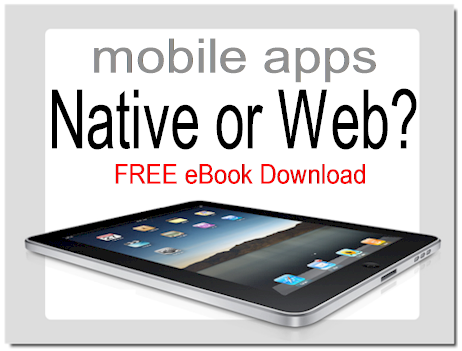Here’s a helpful collection of tips and advice about sharing information on the web. There are two basic ways to share information – by value and by reference. This is a bit off-topic for most iPadCTO articles, but its relevance is important especially in mobile computing where connectivity can be limited at times and bandwidth may be costly. This article sets the stage for an upcoming article about mobile knowledge management solutions.
Always share information by reference whenever possible.
Definitions
- By Value – this sharing method takes the article (or content) and makes a copy of it and distributes it to the people you want to have it.
- By Reference – this sharing method shares only a URL to the information artifact.
Why is sharing by reference better?
Here are nine important reasons (there are 15 more):
- If the original artifact changes while your copy is in transit or before the recipient receives it, they will get the latest version.
- Sharing a copy of the content conceals the location of the article on the web, making it particularly difficult for a recipient to comment on it or read the comments that others have shared concerning this article.
- Making copies of information artifacts creates confusion and sending them each separately to different destinations creates additional and unnecessary bandwidth for you and every recipient on the list.
- Some recipients may be traveling and forced to download a large file to their connectivity-challenged mobile phone. A message with a URL gives them the latitude to decide if they want to read the article now or later.
- The formatting of the article is typically altered when you copy and paste the contents into another medium. If you share the URL of the information artifact, it will likely be presented in the format the author intended it to be viewed.
- When you send copies of content (especially textual) through email systems, the rendering is open for interpretation by any number of receiving email systems. Some email applications will reflow text and graphics, some will remove images, and some will likely misinterpret the text as spam and the intended recipient will never see the information at all. Recipients that are presented with crappy displays of information will generally disregard them altogether – no one has time to rummage through poorly formatted text.
- In many email applications, embedded image URLs in the copied content must be retrieved from their original locations at read-time. This has many drawbacks as some email systems regard this as a potential security threat and won’t download them to the message display at all. But the more common drawback is a performance hit in the email display as the article needs needs to fetch all image files before it can be rendered to the recipient.
- Many internet-savvy users have adopted systems for capturing artifacts into their own knowledge base; Instapaper is a good example and especially useful for iPhone and iPad. But it’s problematic to capture emails into systems like this; far less of a challenge to capture information from web pages.
- Email is where knowledge goes to die [more]. ;-)
As you can see, there are many reasons to avoid making copies of content. Sometimes this is unavoidable as not everything is accessible by reference over the web via URLs. However, when shared artifacts are available as URLs we should all seek to use them because it improves operational performance and success outcomes with our business endeavors.



















